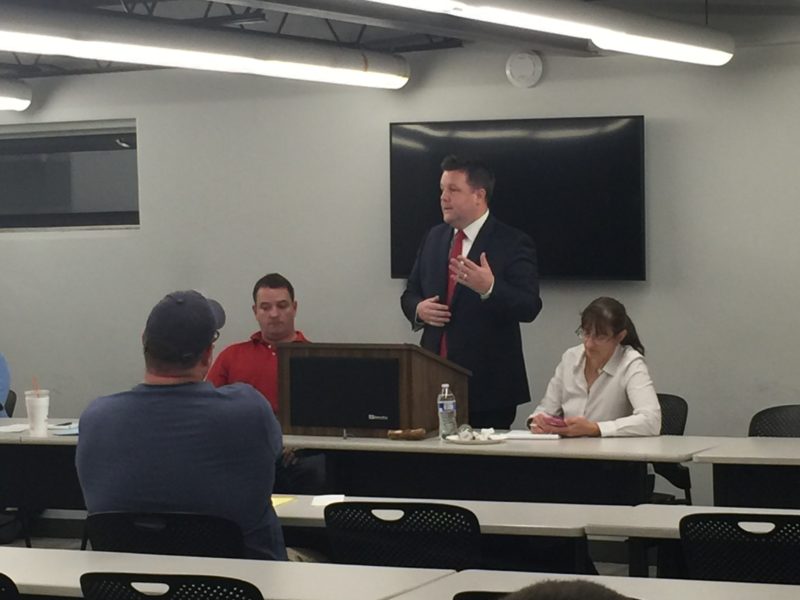Part of our job as attorneys is to educate those who are most at-risk for a job-related injury. Workers in these industries need to know safety practices and what to do if someone is hurt at work.
Paramedics and EMTs are in one of those industries. With the Occupational Outlook Handbook projecting that the demand for EMTs (emergency medical technicians) and paramedics will increase 24 percent from 2014-2024, it is critical that this growing profession is educated on the prevention and handling of injuries.
According to the US National Library of Medicine National Institutes of Health, Paramedics are 3x more likely than the national average of all occupations to be injured at work.
The most common types of injuries¹ to emergency medical technicians are:
- Body Motion Injuries – Exertion, heavy lifting, repetitive motion describe these types of injuries.
- Exposure to harmful substances – Needle sticks and exposure to bodily fluids make up these types of injuries
- Slips, trips and falls – slick or uneven surfaces, navigating to and from unkempt property make up these types of fall injuries.
- Motor vehicle accidents – Driving at higher speeds, drivers not heeding to emergency lights/sound, navigating traffic and obstacles are the primary causes for ambulance accidents.
- Violence and assaults – Combative or intoxicated patients are the primary causes of these types of assault on emergency medical personnel
Brian Sullivan, a partner at Keches Law Group, was asked by EMS Division President Mike McNeil to speak to a room of Paramedics and EMTs from the Boston Police Patrolmen’s Association (BPPA) this past Wednesday. Fellow Keches Law Group partner, Brian Cloherty, was also on hand to answer questions. The discussion ranged from key safety practices to paramedics’ rights to workers’ compensation. We hope that all the paramedic and EMT members of the BPPA are now better informed, prepared and protected as a result.


¹Audrey A. Reichard, Suzanne M. Marsh, Theresa R. Tonozzi, Srinivas Konda & Mirinda A. Gormley (2017) Occupational Injuries and Exposures among Emergency Medical Services Workers, Prehospital Emergency Care, 21:4, 420-431, DOI: 10.1080/10903127.2016.1274350




